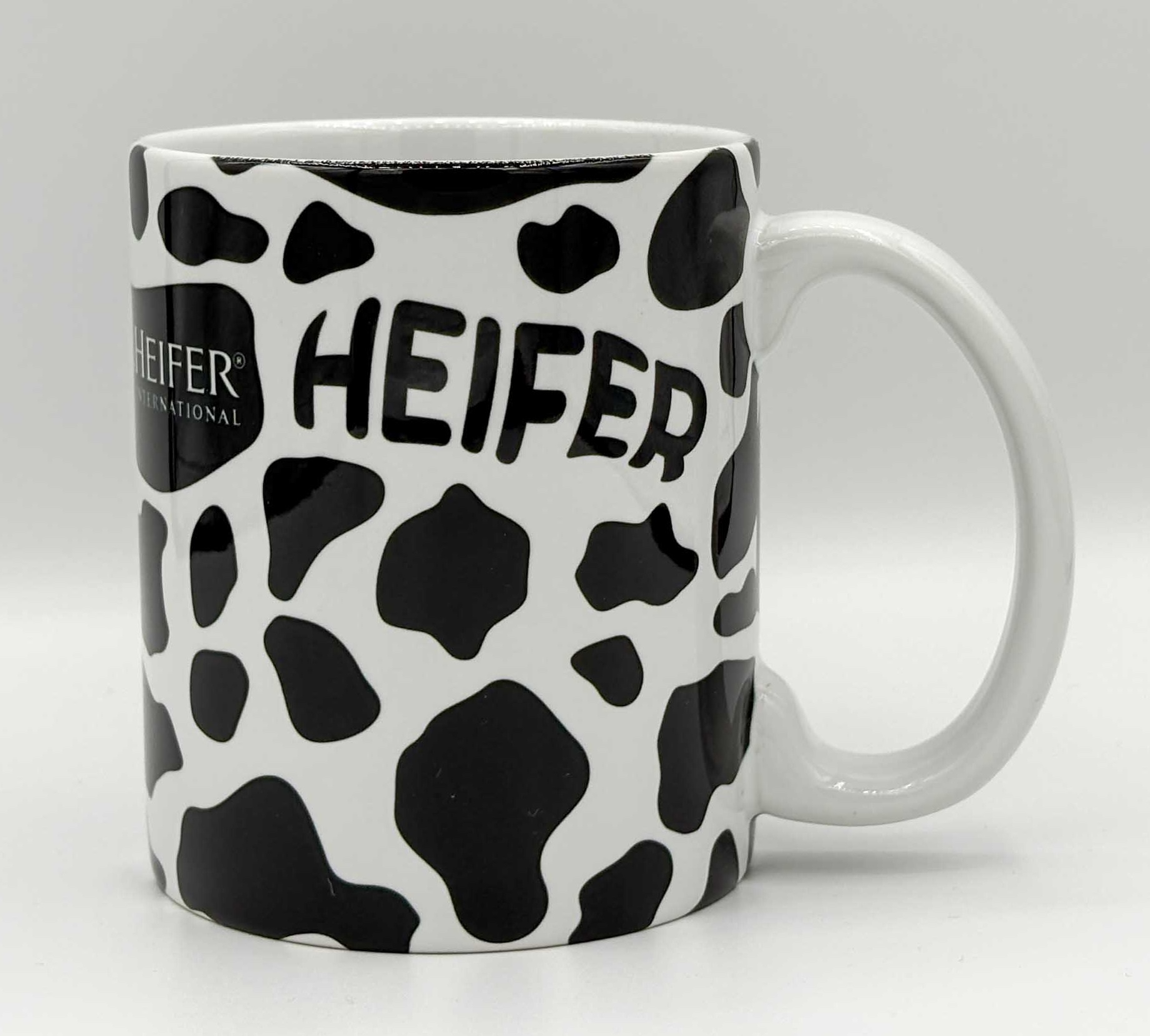5 Things You Didn't Know About Rabbits
By Bethany Ivie | October 3, 2019
Turkeys are the “It” bird of the season. and there’s more to know about them than ideal over temperatures and baking times. Benjamin Franklin was so fond of turkeys he recommended they become our national bird. But turkeys have a dark side. If you encounter one in the wild, don’t look it in the eye…
Cart is empty
Success!
Please be patient while we send you to a confirmation page.
We are unable to process your request. Please try again, or view common solutions on our help page. You can also contact our Donor Services team at 855.9HUNGER (855.948.6437).
Covering the transaction fee helps offset processing and administrative fees that we incur through taking payments online.
Success!
Please be patient while we send you to a confirmation page.
We are unable to process your request. Please try again, or view common solutions on our help page. You can also contact our Donor Services team at 855.9HUNGER (855.948.6437).
When you donate a gift to someone, you'll have the option to create a free card after your donation is complete.

A FREE gift will be sent to supporters who choose to give a monthly gift.
Covering the transaction fee helps offset processing and administrative fees that we incur through taking payments online.

A FREE gift will be sent to supporters who choose to give a monthly gift.